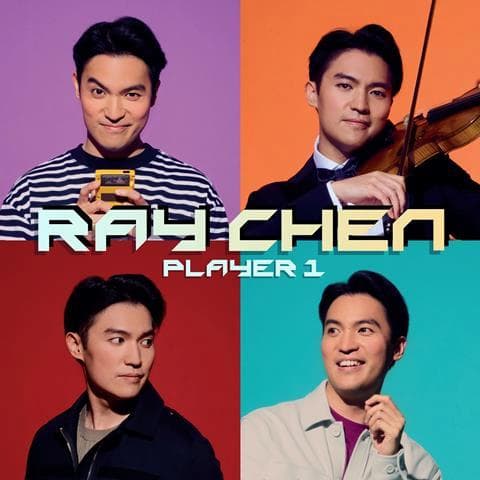I will soon be performing two concerts at London’s new Bechstein Hall, centred around the music of Chopin and Ravel on their respective birthdays. The first, on 1st March, will celebrate Chopin, while the second, on 7th March, will mark Ravel’s 150th anniversary. The hall has several beautiful Bechstein pianos to choose from, which has made me reflect on the qualities I seek in an instrument.
The idea of the “perfect piano” is as elusive as it is enticing—a piano should be capable of the loudest outbursts and the softest whispers, a vast array of colours, a beautiful singing tone, and a responsive action.
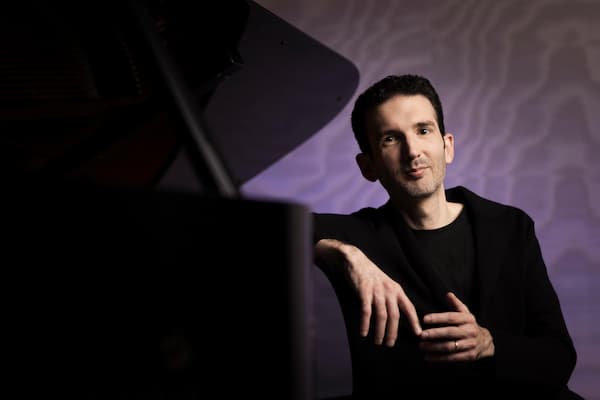
Emmanuel Despax
String players have the privilege of choosing a long-term partner to share the stage with, but pianists seldom have this luxury—aside from notable exceptions like Horowitz, who famously toured with his own Steinway concert grand. More often than not, we have only a couple of hours in the concert hall to connect with the instrument, get to know it, and bring out its best. At times, it can feel like taming a beast. No pianist, I think, captured this idea more poetically than Chopin, who famously said:
“When I am somewhat indisposed, I play an Érard piano and I easily find a sound ready to hand. But when I feel in good form and strong enough to find my own sound, I need a Pleyel.”
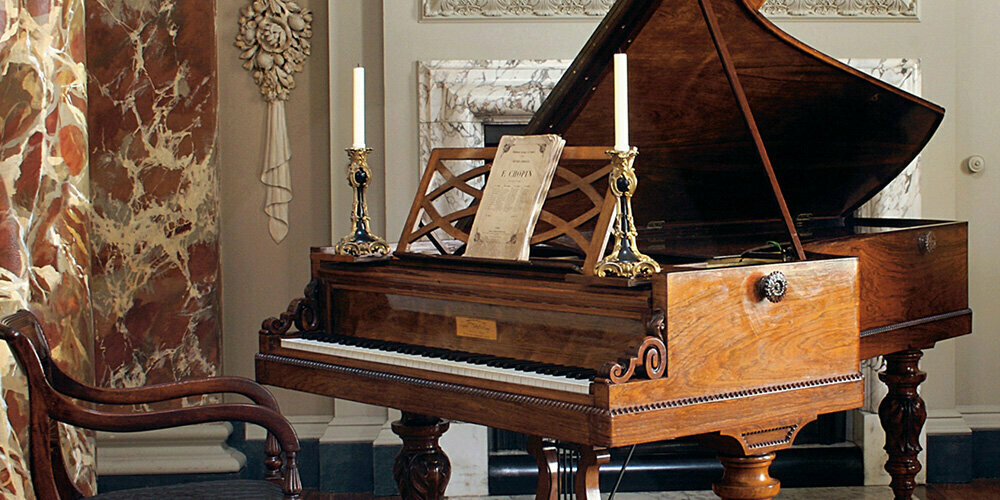
Chopin’s Pleyel grand piano, 1848 (The Cobbe Collection, UK)
Composers of the 19th century, such as Chopin, Schumann, and Liszt, wrote for the instruments available to them—pianos with a beautifully warm midrange, a bass that was robust yet never overpowering, and treble registers that were thinner compared to modern standards. These instruments, with their lighter actions and less resonant pedals, encouraged a particular style of writing. Melodies were often placed in the middle register, cradled by a delicate left-hand accompaniment or a glistening figuration at the top. In contrast, modern pianos, with their heavier actions and more powerful bass, often require performers to adjust their voicing and pedalling to recapture the nuances of these works.
Inside the Recording Studio: Liszt Sonata in B Minor – Emmanuel Despax (Excerpt 1)
Against this historical backdrop, the Bechstein piano emerged as a favourite among many composers. What drew Liszt to Bechstein was not merely a matter of tone—it was the instrument’s durability, strength, and ability to support his ambitious musical ideas. Liszt, ever the innovator, sought to push piano technique to new heights, aspiring to make the piano sound as orchestral as possible. This ambition echoed Beethoven’s own in works like the Hammerklavier Sonata, where one senses the composer’s frustration in trying to harness an instrument not quite up to his vast musical vision. Bechstein pianos, with their rich singing tone and responsive action, provided Liszt with the canvas to explore and expand the expressive possibilities of the instrument.
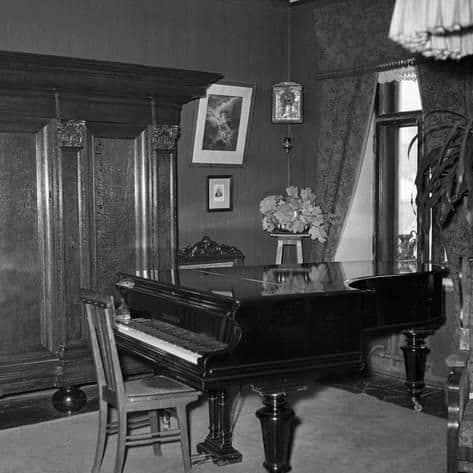
Scriabin’s Bechstein piano
This tonal quality finds a natural ally in the French repertoire as well. Composers like Ravel and Debussy require an instrument with incredible dynamic breadth, well-regulated action, and orchestral colours. Ravel, in particular, was known to appreciate the clarity and evenness of tone that Bechstein pianos offered. Debussy’s famous remark—“Piano music should only be written for the Bechstein”—encapsulates the instrument’s unique ability to balance expression and nuance in his music.
Over the years, many legendary pianists have lent their voices to the Bechstein legacy. Artur Schnabel’s complete Beethoven Sonata cycle, recorded at Abbey Road Studios on a Bechstein, stands as a testament to the instrument’s ability to convey the depth and complexity of this repertoire. Other greats—Debussy, Ravel, Kempff, Fischer, Gieseking, and Hans von Bülow—have all championed Bechstein pianos for their tonal depth and expressive potential. In chamber music settings, too, I find them to have a warm, singing tone and sublime pianissimi that blend beautifully with strings.
Historically, composers were deeply influenced by the instruments available to them. Chopin’s delicate use of the pedal and his preference for pianos like the Pleyel and Érard reflect a musical language inextricably linked to the capabilities of these instruments. In essence, the instrument shapes the music just as much as the music shapes the instrument.
So, is there a perfect piano? From a personal perspective, the notion of the perfect piano is much like that of a fine wine. No single instrument can claim absolute perfection; rather, each piano possesses its own personality, strengths, and even weaknesses. I was trained early on to be adaptable—to listen closely, adjust my technique, rework my fingering if necessary, and treat each new piano as a unique friend. This variety is essential; playing the same instrument repeatedly can eventually dull the senses. The joy, then, lies in discovering a new piano, understanding its character, and drawing from it the precise sound world that a particular piece of music demands.
The perfect piano is perhaps not a fixed ideal but rather a dynamic relationship between the performer, the repertoire, and the instrument.
Bechstein Hall Official website
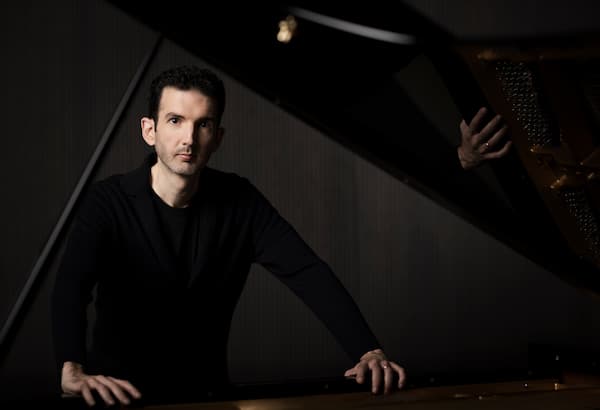
Emmanuel Despax
Emmanuel Despax is in demand across the globe, appearing regularly at Wigmore Hall, Cadogan Hall, Louvre Auditorium, Salle Gaveau, International Festival Les Nuits Pianistiques in Aix-en-Provence, L’été Musical au Poujoula, and Les Nuits du Château de la Moutte in Saint-Tropez, and across the globe from Holland and Italy to South America. Despax has performed with the BBC Symphony Orchestra, the City of Birmingham Symphony and BBC Scottish Symphony Orchestras, among others.
His extensive catalogue of recordings includes:
• Brahms Piano Concerto No.1 with the BBC Symphony Orchestra and Andrew Litton
• ‘Spira, Spera’ (Bach transcriptions)
• Saint-Saëns Piano Concerto No. 2 and Stephen Goss Piano Concerto
• Chopin preludes (Classic FM’s “Album of the Week”)
• Chopin’s Piano Concerti with the Chineke! Chamber Ensemble
• Après un rêve (5-star review in BBC Music Magazine)
For more of the best in classical music, sign up for our E-Newsletter


